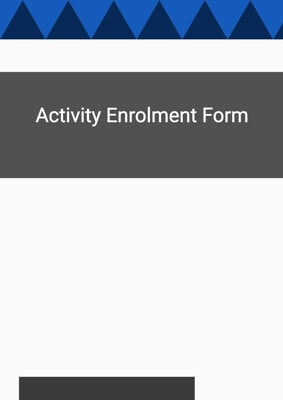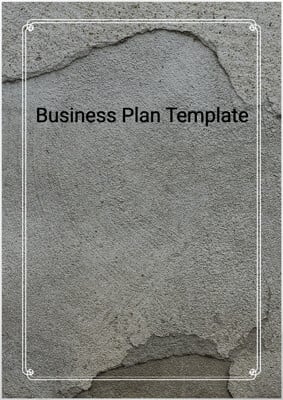How to Tailor the Document for Your Need?
01
Create Document
Click "Create Document" button and the document will be prepared with your account details automatically filled in.
02
Fill Information
Please fill in any additional information by following the step-by-step guide on the left hand side of the preview document and click the "Next" button.
03
Get Document
When you are done, click the "Get Document" button and you can download the document in Word or PDF format.
04
Review Document
Please review the document carefully and make any final modifications to ensure that the details are correct before publication / distribution.
Document Preview
Document Description
The document titled 'Introduction to Pitch to Potential Investors / Incubators/ Funders' provides valuable information on how to effectively pitch to potential investors, incubators, and funders. The document emphasizes the importance of various aspects of the pitch and provides detailed guidance on each section.
The document begins by highlighting the significance of body language in a pitch. It emphasizes the need to look professional and confident from the moment one enters the room. The importance of good posture, a confident handshake, and a likable demeanor is stressed.
Next, the document focuses on the visual aspect of the pitch. It advises preparing simple slides with keywords and graphics, avoiding excessive text, and discourages reading directly from the slides.
The importance of speaking effectively is also highlighted. The document suggests practicing tone, speaking slowly and confidently, and limiting accents if necessary. It also recommends keeping the presentation within 15 minutes, considering the average speaking speed of individuals.
The document suggests incorporating a short story into the pitch. It explains that a compelling story can make a business pitch more interesting and relatable.
Simplicity is another key aspect emphasized in the document. It advises providing less information initially to pique the audience's curiosity and encourage them to ask for more. Using metaphors and analogies is recommended to aid in the audience's understanding and retention of the pitch.
Enthusiasm is highlighted as a crucial element in a successful pitch. The document encourages maintaining enthusiasm for the NGO and the planned project, emphasizing the positive impact it can have on the world and the benefits it offers to people.
The document also emphasizes the importance of identifying the specific support needed from the audience, such as financial assistance, networking opportunities, infrastructure support, or IT support. Tailoring the pitch to address these specific needs is recommended.
How to use this document?
1. Pay attention to your body language: Ensure you look professional and confident from the moment you enter the room. Maintain good posture, offer a confident handshake, and be likable throughout the pitch.
2. Create visually appealing slides: Prepare simple slides with keywords and graphics. Avoid overcrowding them with text and refrain from reading directly from the slides.
3. Practice your speaking tone: Speak slowly and confidently, avoiding a high-pitched or monotone voice. Consider limiting accents if necessary. Keep the presentation within 15 minutes.
4. Incorporate a compelling story: Prepare a short story that relates to your project's purpose and why you started it. Make it interesting, relevant, and concise.
5. Keep it simple: Provide enough information to pique curiosity, but don't overwhelm the audience. Use metaphors and analogies to aid understanding and retention.
6. Maintain enthusiasm: Showcase your passion for your NGO and the project. Highlight the positive impact it can have and make it interesting for others.
7. Identify your specific needs: Determine the type of support you require from the audience, such as financial assistance, networking, or IT support. Tailor your pitch accordingly.
Not the right document?
Don’t worry, we have thousands of documents for you to choose from:









